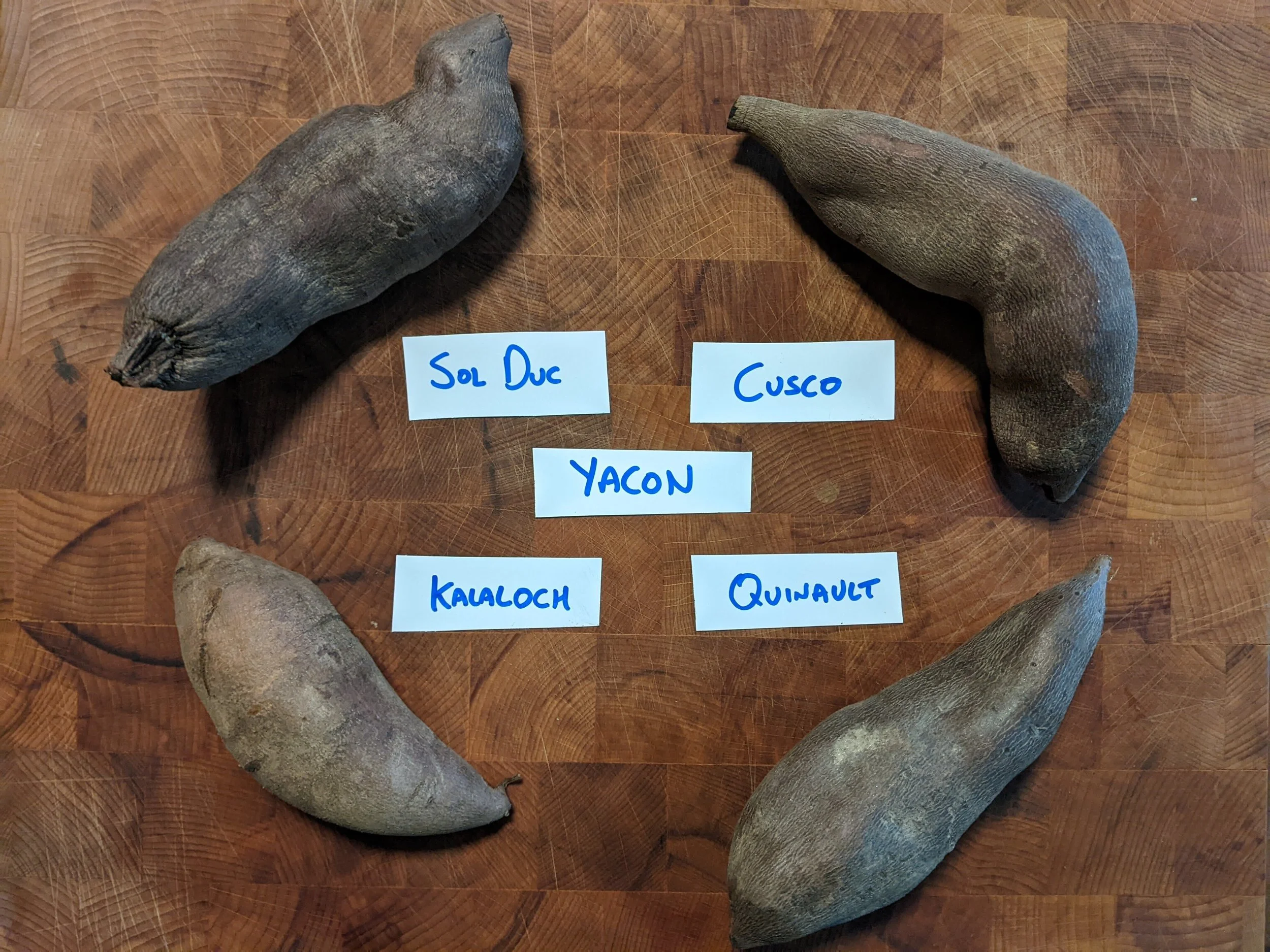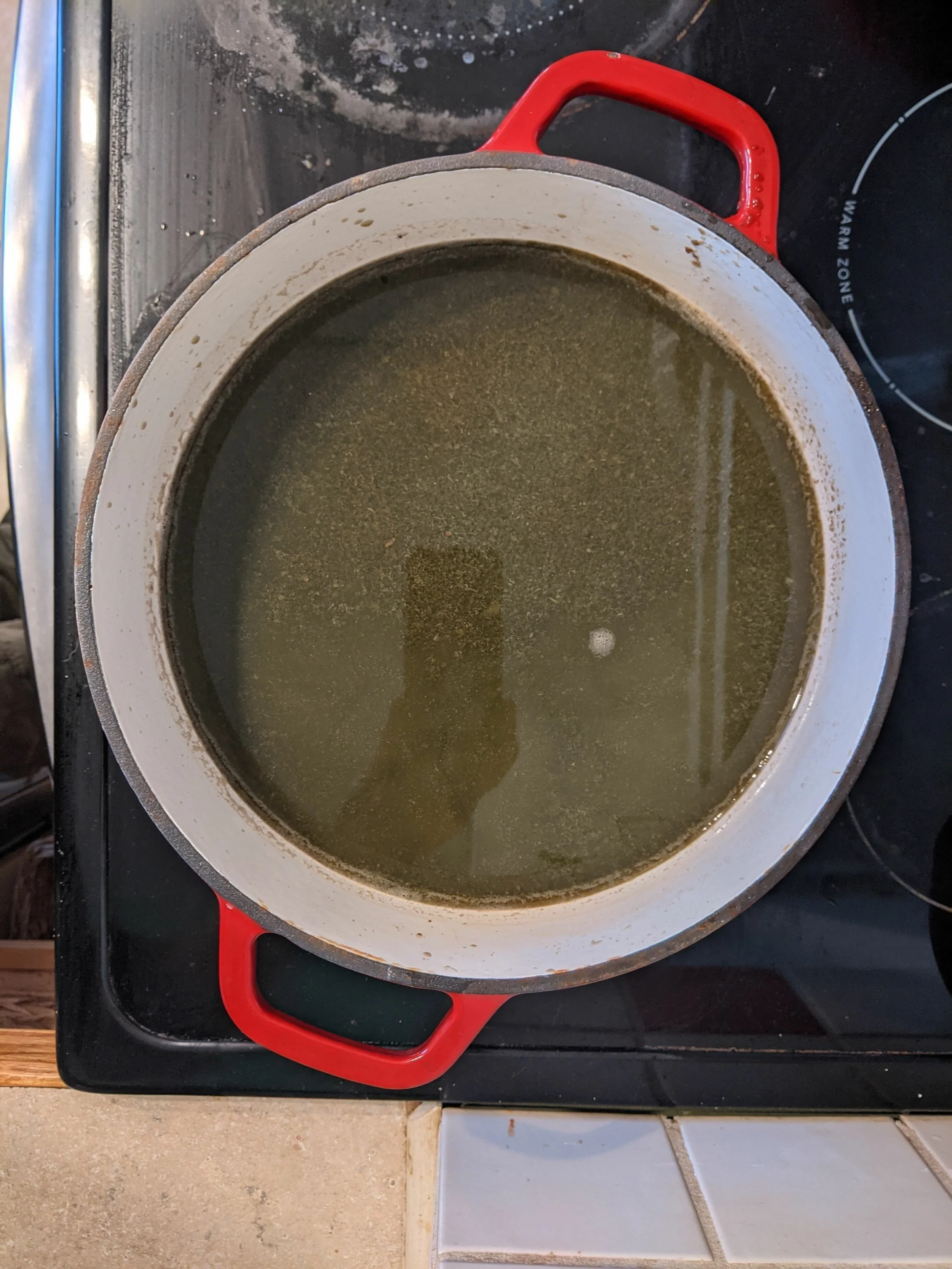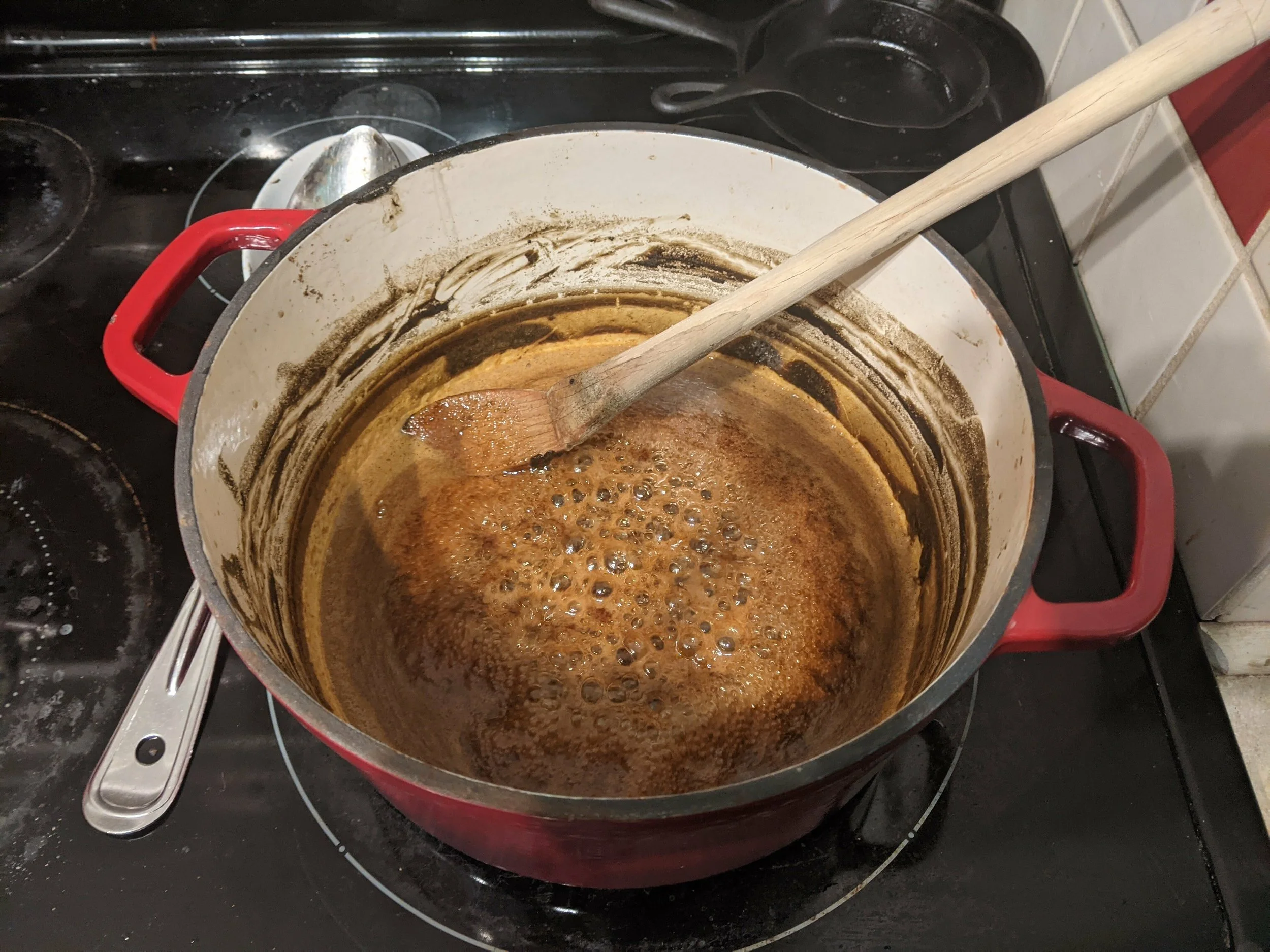How to Make Yacon Syrup
Yacon aka Bolivian Sunroot (Smallanthus sonchifolius) is a root crop from the Andes in the sunflower family. The roots can be eaten raw and maintain a crunchy texture even after cooking. When yacon roots are first dug, they contain high levels of fructooligosaccharide (FOC), which convert to fructose, glucose, and sucrose as they are exposed to sunlight in the curing process. The sweetening of the roots makes them delicious to eat as a raw snack, much like an apple, and explains why yacon is sometimes called Ground-Apple.
A common use for the roots is to create yacon syrup, which is widely available online. Yacon syrup is often described as a healthy sugar alternative and substitute for artificial sweeteners because of its low glycemic index. One study concluded:
“Yacon syrup is a good source of fructooligosaccharides, and its long-term consumption produced beneficial health effects on obese pre-menopausal women with insulin resistance. ”
We have not conducted our own nutritional analysis, and do not claim any health benefits, but we can attest to yacon syrup’s deliciousness!
Utopian Seed Project has worked with a number of different varieties in Western North Carolina.
How to Make Yacon Syrup
The process to make yacon syrup is very simple. We started with about 4kg (~9 lbs) of peeled yacon tubers. This produced about 3 liters (~12.5 cups) of yacon juice. The juice boiled down to about 250ml (~1 cup) of syrup. In summary, the process is as follows:
Peel yacon tubers (for some of the smaller tubers, we just scrubbed them really well, too much skin gives a bitter taste).
Juice the peeled tubers (if you don’t have a juicer, I imagine you could blend them into a pulp and then strain out the juice through a sieve or cheesecloth). Note: the yacon juice is pretty tasty.
Boil the juice over a medium heat, stirring occasionally (takes about 3 hours). Stir more often as the juice reduces to a syrup.
As foam forms on top, scrape off and discard.
As the liquid thickens, pay closer attention. We’re aiming for the consistency of honey. When we make sorghum syrup, we use a thermometer and reduce it until it reads ~ 230 F, which is very useful for consistency.
Pour into a sterile jar and allow to cool (various references say it will store up to a year).
Here’s a photo overview:
Note: we took the leftovers from the juicing process and dehydrated them, leaving sweet crunchy yacon crumbles. I could imagine the texture and flavor working as an addition to granola. I’m considering running the crumbles through the food processor to get a sweet tasting flour…. Perhaps we could make yacon flour pancakes topped with yacon syrup!











